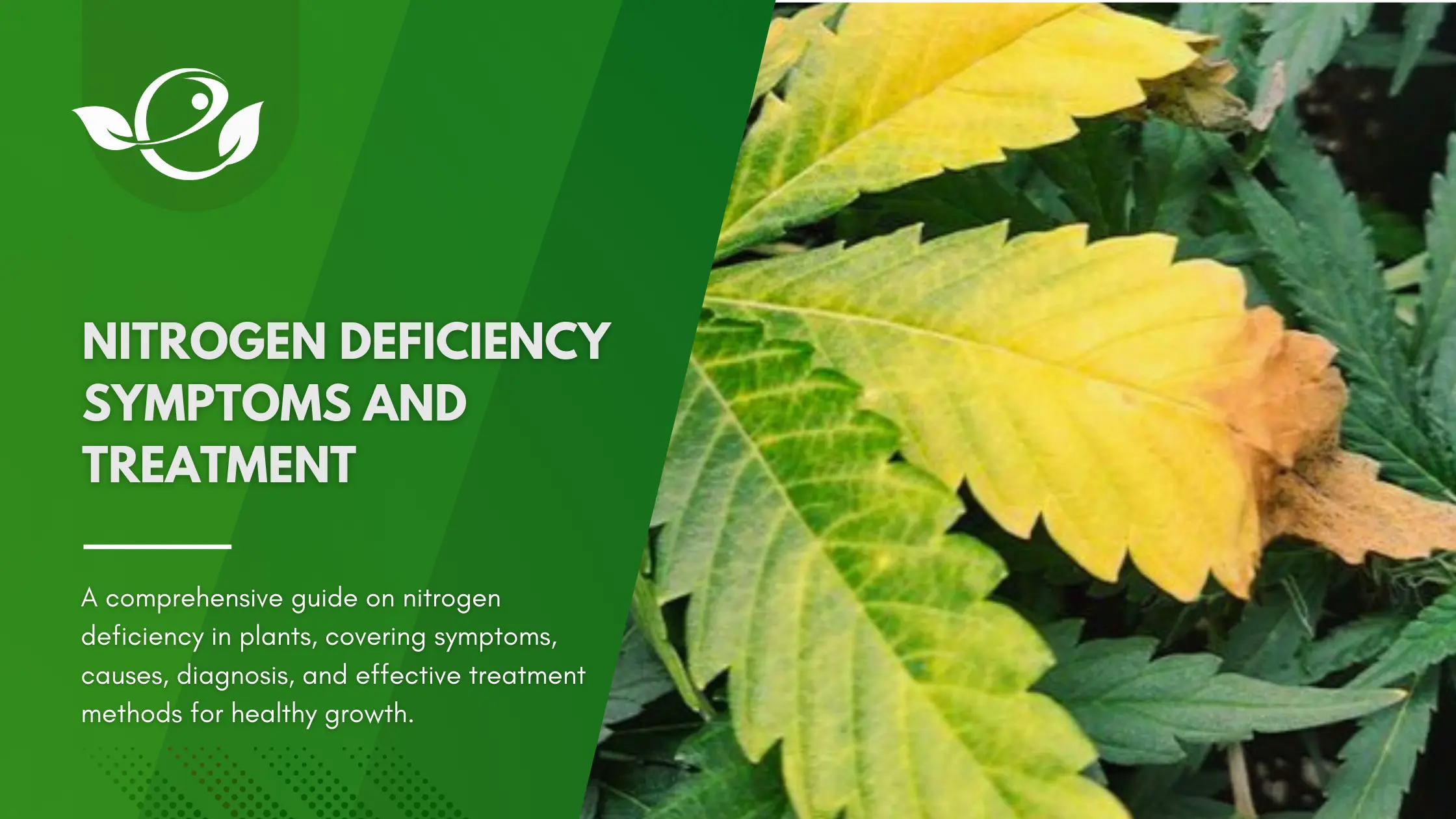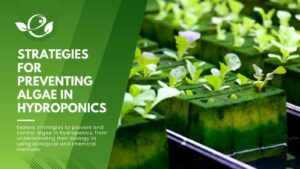Table of Contents
The whisper of the wind across a verdant field, the sight of flourishing crops swaying gently under the sun, and the promise of a bountiful harvest—these are the visions that every gardener and farmer cherishes. Yet, hidden beneath the soil, unseen to the naked eye, lies a delicate balance of nutrients that dictate whether those dreams will come to fruition. Among these essential nutrients, nitrogen holds a place of prominence, acting as a cornerstone for plant health and vitality. However, when nitrogen is lacking, the consequences ripple through the entire ecosystem, leading to symptoms that can be as subtle as a pale leaf or as devastating as a stunted crop.
Understanding nitrogen deficiency is not just about recognizing the telltale signs of a struggling plant; it’s about comprehending the intricate dance between soil, plant, and environment. It’s about knowing how to restore balance when it’s lost and how to prevent the imbalance from occurring in the first place. In this comprehensive guide, we will delve deep into the world of nitrogen deficiency, exploring its symptoms, diagnosis, and treatment, and equipping you with the knowledge to keep your plants thriving.
Understanding Nitrogen Deficiency in Plants
The Role of Nitrogen in Plants
Nitrogen is a fundamental building block of life, essential for the growth and development of all living organisms. In plants, nitrogen is a crucial component of chlorophyll, the green pigment responsible for photosynthesis. It is also a key element in amino acids, the building blocks of proteins, and is vital for the production of enzymes and other essential molecules that drive plant growth.
Without sufficient nitrogen, plants struggle to produce the proteins they need for cell division and growth. This leads to a cascade of problems, including poor development, reduced vigor, and ultimately, lower yields. Nitrogen is particularly important during the vegetative growth phase, when plants are developing their leaves, stems, and roots. During this phase, a steady supply of nitrogen ensures that plants can grow rapidly and produce the lush, green foliage that is essential for photosynthesis.
Causes of Nitrogen Deficiency
Nitrogen deficiency can arise from a variety of factors, many of which are related to soil conditions and management practices. Some of the most common causes include:
High rates of nitrogen are important during the vegetative growth of the plant. In periods of favorable weather, it is important to provide the fast-growing crops with a good nitrogen supply, so that they can reach their maximum vegetative and fruit/grain production potential. Nitrogen deficiencies can be observed in sandy, well-drained soils with little organic matter as they are prone to the leaching of nutrients.
Frequent rainfalls, flooding or heavy irrigation wash down nitrogen into the soil and can also lead to deficiencies. Periods of drought stress hinder the absorption of water and nutrients, resulting in an unbalanced nutrient supply. Finally, the soil pH also plays a role in the availability of nitrogen to the plant. Both low or high soil pH negatively affect the absorption of nitrogen by the plant.
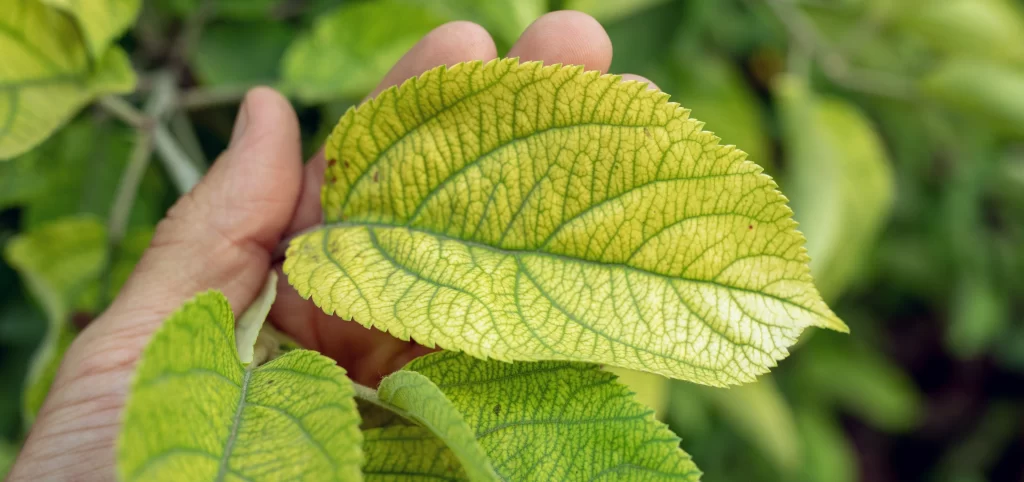
- Poor Soil Quality: Soils that are low in organic matter often have insufficient nitrogen. Organic matter is a key source of nitrogen in the soil, and without it, plants may not be able to access the nitrogen they need.
- Leaching: Nitrogen is highly soluble in water, which means it can be easily washed out of the soil by excessive rainfall or irrigation. This process, known as leaching, can leave plants without the nitrogen they need, particularly in sandy soils that drain quickly.
- Lack of Organic Matter: Soils that lack organic matter may not have enough nitrogen-fixing bacteria, which play a crucial role in converting atmospheric nitrogen into a form that plants can use. Without these bacteria, plants may struggle to access sufficient nitrogen.
- Improper Fertilization: Applying the wrong type or amount of fertilizer can lead to nitrogen deficiency. Over-fertilization with other nutrients, such as phosphorus, can also interfere with the plant’s ability to absorb nitrogen.
- Soil pH and Microbial Activity: Nitrogen availability is highly dependent on soil pH and microbial activity. In soils that are too acidic or alkaline, the microbes that convert nitrogen into a usable form may not be as active, leading to a deficiency.
Nitrogen Deficiency Can also be found in: Almond, Apple, Apricot, Banana, Barley, Bean, Bitter Gourd, Cabbage, Canola, Carrot, Cauliflower, Cherry, Chickpea & Gram, Citrus, Coffee, Cotton, Cucumber, Currant, Brinjal, Garlic, Ginger, Black & Green Gram, Grape, Guava, Lettuce, Maize, Mango, Cassava, Melon, Millet, Okra, Olive, Onion, Ornamental, Papaya, Pea, Peach, Peanut, Pear, Capsicum & Chilli, Pigeon Pea & Red Gram, Pistachio, Pomegranate, Potato, Pumpkin, Rice, Rose, Sorghum, Soybean, Strawberry, Sugar, Beet, Sugarcane, Sweet, Potato, Tobacco, Tomato, Turmeric, Wheat, Zucchini.
Symptoms of Nitrogen Deficiency
- Symptoms develop first in older leaves and move gradually up to the younger ones.
- One of the most characteristic signs of nitrogen deficiency is chlorosis, a condition where the leaves turn yellow due to the lack of chlorophyll. In the case of nitrogen deficiency, chlorosis typically starts in the older leaves, as nitrogen is a mobile nutrient and is translocated to newer growth when in short supply.
- In mild cases, the older mature leaves turn pale green, If not amended, over time a widespread yellowing develops on those leaves along with a light red discoloration of veins and petioles.
- As the deficiency progresses, these leaves eventually may curl or grow deformed.
- Young leaves remain pale green but grow much smaller than usual.
- Nitrogen is essential for cell division and growth, and when it is in short supply, plants often exhibit stunted growth. This can manifest as shorter stems, smaller leaves, and reduced overall plant size. The lack of nitrogen limits the plant’s ability to produce new cells, leading to a noticeable reduction in growth rate.
- Plants become more susceptible to water stress and the wilting of leaves is common.
- Nitrogen deficiency not only affects the vegetative parts of the plant but also has a significant impact on reproductive structures such as flowers and fruits. Plants suffering from nitrogen deficiency often produce fewer flowers, and those that do form may be smaller and less vibrant. Similarly, fruits may be smaller, less developed, and lower in quality.
- Premature death and shedding may happen, which results in considerably lowered yields. Recovery becomes evident after a few days with the application of nitrogen fertilizer.
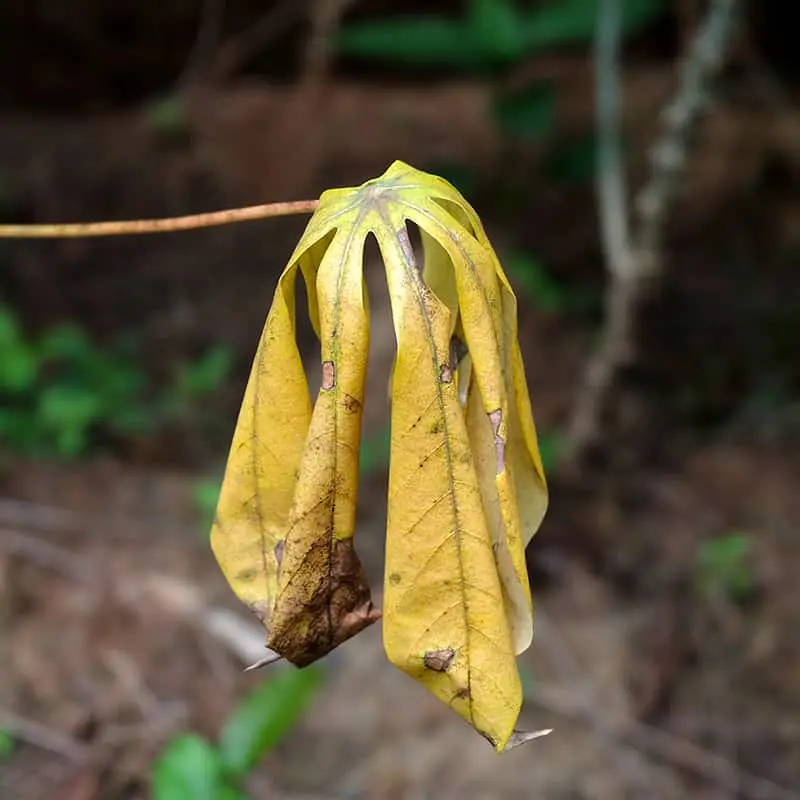


Symptoms in Specific Plants
While the general symptoms of nitrogen deficiency are consistent across many plant species, there are some variations depending on the type of plant. For example:
- Leafy Greens (e.g., Lettuce, Spinach): In leafy greens, nitrogen deficiency often leads to pale, yellowing leaves that are small and lack vigor. The plant may also bolt (flower prematurely) as a stress response.
- Fruit-bearing Plants (e.g., Tomatoes, Peppers): In fruit-bearing plants, nitrogen deficiency can lead to reduced fruit size and yield. The fruits that do develop may be small, misshapen, and less flavorful.
- Grasses and Cereals (e.g., Corn, Wheat): In grasses and cereals, nitrogen deficiency often results in pale, yellowing leaves, reduced tillering (production of side shoots), and lower grain yield.
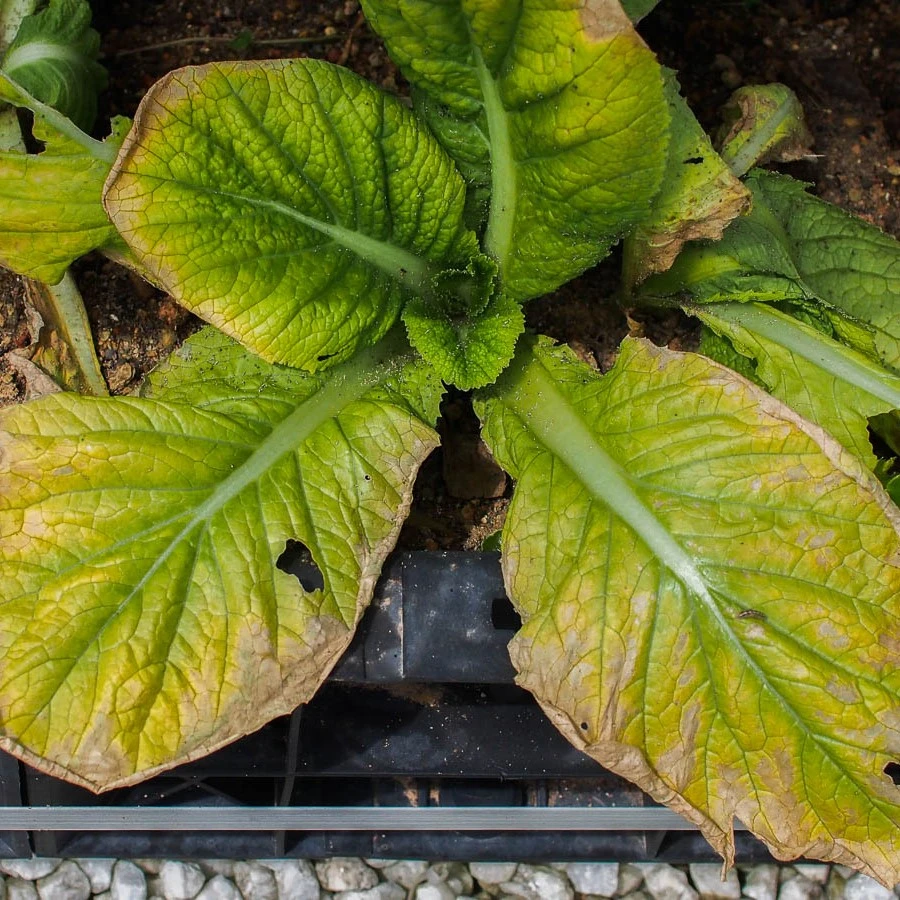
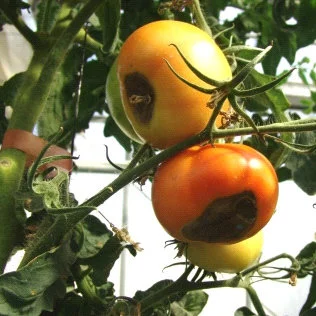

Treatment and Control of Nitrogen Deficiency
Use of Nitrogen-Rich Fertilizers
Applying a nitrogen-rich fertilizer is the most direct way to address nitrogen deficiency. There are several types of nitrogen fertilizers available, including:
- Urea (46-0-0): Urea is a highly concentrated source of nitrogen and is one of the most commonly used nitrogen fertilizers. It is rapidly absorbed by plants and provides a quick boost of nitrogen.
- Ammonium Nitrate (34-0-0): Ammonium nitrate is another fast-acting nitrogen fertilizer that is highly effective in correcting nitrogen deficiency. It provides both ammonium and nitrate forms of nitrogen, which are readily available to plants.
- Liquid Fertilizers: Liquid fertilizers, such as fish emulsion or liquid seaweed, are absorbed quickly by plants and can be applied as a foliar spray or soil drench. They are particularly useful for providing a rapid response to nitrogen deficiency.
When applying nitrogen fertilizers, it’s important to follow the manufacturer’s instructions and apply the correct amount. Over-fertilization can lead to nutrient imbalances and other problems, so it’s crucial to apply the right amount at the right time.
Foliar Feeding
Foliar feeding is a technique where a nitrogen solution is applied directly to the leaves of the plant. This allows the plant to absorb the nitrogen quickly, bypassing the soil and providing a rapid response to deficiency. Foliar feeding is particularly useful for correcting nitrogen deficiency in the short term, as it provides an immediate boost to the plant’s nutrient levels.
To apply a foliar feed:
- Prepare the Solution: Mix a nitrogen-rich fertilizer with water according to the manufacturer’s instructions.
- Apply to Leaves: Using a sprayer, apply the solution to the leaves of the plant, ensuring that the entire surface is covered. Be sure to apply during the cooler parts of the day, such as early morning or late afternoon, to prevent leaf burn.
- Repeat as Needed: Foliar feeding may need to be repeated every 7-10 days until the deficiency is corrected.
Organic Control
Adding organic matter to the soil is one of the most effective ways to improve nitrogen levels over the long term. Organic matter, such as compost, manure, or decomposed plant material, is rich in nitrogen and other essential nutrients. As it breaks down, it releases nitrogen into the soil, providing a steady supply of this important nutrient to plants.
High levels of organic matter in soils can enhance soil structure and improve the capacity of the soil to retain water and nutrients. Organic matter can be added to soils as manure, compost, peat, or simply with the addition of nettle slag, guano, horn meal or nitrolime. Nettle slag can be sprayed directly on the leaves.
To add organic matter:
- Incorporate Compost: Spread a layer of compost over the soil and work it into the top 6-8 inches. Compost not only adds nitrogen but also improves soil structure, water retention, and microbial activity.
- Use Manure: Well-rotted manure is another excellent source of nitrogen. Apply it in the fall and till it into the soil to allow it to break down over the winter.
- Cover Crops: Planting cover crops, such as clover or alfalfa, can also help increase nitrogen levels in the soil. These plants are nitrogen-fixers, meaning they can convert atmospheric nitrogen into a form that plants can use.
Chemical Control
- Use fertilizers containing nitrogen (N).
- Examples: Urea, NPK, ammonium nitrate.
- Consult your agricultural advisor to know the best product and dosage for your soil and crop.
Further recommendations:
- It is recommended to do a soil test before the start of the cropping season to optimize your crop production.
- Best to apply nitrogen in multiple splits throughout the season.
- Do not apply if you are close to harvesting time.
Crop Rotation and Cover Crops
Crop rotation and the use of cover crops are key strategies for maintaining soil fertility and preventing nitrogen deficiency.
- Crop Rotation: Rotating crops, particularly with legumes like peas, beans, or lentils, can help replenish soil nitrogen. Legumes have a symbiotic relationship with nitrogen-fixing bacteria, which convert atmospheric nitrogen into a form that plants can use. By rotating legumes with other crops, you can naturally increase the nitrogen content of the soil.
- Cover Crops: Cover crops are planted during the off-season to protect the soil and improve its fertility. Nitrogen-fixing cover crops, such as clover, alfalfa, or vetch, can be particularly beneficial for increasing soil nitrogen levels. Once the cover crop is turned into the soil, it decomposes, releasing nitrogen and other nutrients.
Mulching
Mulching is a simple but effective way to conserve soil moisture, reduce nitrogen loss, and improve overall soil health. Organic mulches, such as straw, wood chips, or leaves, break down over time, adding organic matter and nutrients, including nitrogen, to the soil.
To mulch effectively:
- Choose an Organic Mulch: Select an organic mulch that is readily available and suitable for your plants.
- Apply a Thick Layer: Spread a 2-4 inch layer of mulch around the base of the plants, being careful not to pile it against the stems.
- Maintain the Mulch: Replenish the mulch as needed, particularly after heavy rains or strong winds that may cause it to break down or blow away.
Proper Irrigation Management
Watering practices can significantly impact nitrogen availability in the soil. Over-watering can lead to leaching, where nitrogen is washed out of the soil, while under-watering can limit the plant’s ability to absorb nutrients.
To manage irrigation effectively:
- Water Deeply and Infrequently: Water the plants deeply but infrequently to encourage deep root growth and prevent nitrogen leaching. Allow the soil to dry out slightly between waterings to reduce the risk of over-saturation.
- Use Drip Irrigation: Drip irrigation delivers water directly to the root zone, minimizing water loss and reducing the risk of nitrogen leaching. It is particularly useful in sandy soils where water drains quickly.
- Monitor Soil Moisture: Regularly check soil moisture levels using a moisture meter or by feeling the soil with your hands. Adjust watering practices based on the needs of the plants and the soil conditions.
Preventive Measures
Preventing nitrogen deficiency requires proactive management of soil fertility and plant nutrition. By implementing the following preventive measures, you can reduce the risk of nitrogen deficiency and ensure healthy, productive plants.
- Check the pH of the soil and lime to get the optimal range before the start of the cropping season to optimize your crop production.
- Provide fields with good drainage and do not over-water.
- Excessive or unbalanced use of fertilizers may result in some micronutrients becoming unavailable to the plant.
- Make sure to water plants regularly during periods of drought.
- Make sure to add organic matter from compost, manure or mulch for example.
- Petiole analysis can allow growers to detect the outset of a nitrogen deficiency in the crop.
- Regular soil testing is essential for monitoring nutrient levels and ensuring that your plants have access to the nitrogen they need. By testing your soil every 1-2 years, you can identify nutrient deficiencies early and take corrective action before they impact plant health.
- A balanced fertilization plan ensures that your plants receive the right mix of nutrients, including nitrogen, phosphorus, potassium, and micronutrients. Over-fertilization with one nutrient can lead to deficiencies in others, so it’s important to apply fertilizers according to the specific needs of your plants and soil.
Common Mistakes to Avoid
Even with the best intentions, it’s easy to make mistakes when managing nitrogen levels in the soil. Avoiding these common pitfalls can help you maintain healthy, thriving plants.
- Over-Fertilization: While nitrogen is essential for plant growth, too much of it can be just as harmful as too little. Over-fertilization with nitrogen can lead to nutrient imbalances, excessive vegetative growth at the expense of flowers and fruit, and increased susceptibility to pests and diseases. To avoid over-fertilization:
- Follow the recommended application rates for fertilizers.
- Use slow-release fertilizers that provide a steady supply of nitrogen over time.
- Avoid applying nitrogen fertilizers late in the growing season, as this can stimulate excessive vegetative growth.
- Ignoring Soil pH: Soil pH has a significant impact on nutrient availability, including nitrogen. In soils that are too acidic or alkaline, nitrogen may be less available to plants, even if it is present in the soil. To maintain the right soil pH:
- Test your soil pH regularly and adjust it as needed using lime (to raise pH) or sulfur (to lower pH).
- Aim for a soil pH between 6.0 and 7.0, which is optimal for most plants and ensures good nitrogen availability.
- Inconsistent Monitoring: Nitrogen levels in the soil can fluctuate due to factors such as rainfall, temperature, and microbial activity. Inconsistent monitoring can lead to sudden nutrient deficiencies or imbalances, resulting in poor plant health.
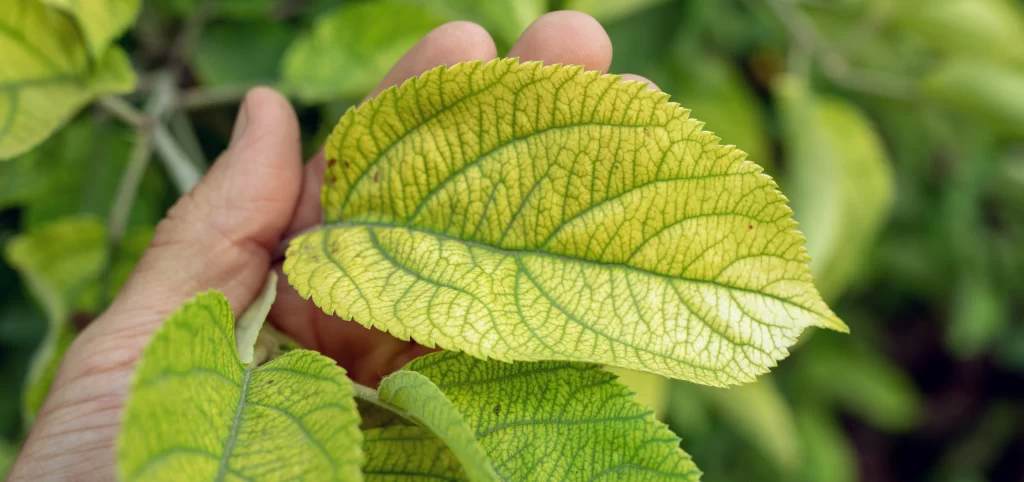
Conclusion
Nitrogen deficiency is a common but preventable problem that can have serious consequences for plant health and productivity. By understanding the symptoms, causes, and treatment options for nitrogen deficiency, you can take proactive steps to ensure that your plants have access to the nitrogen they need to thrive. Whether you’re growing vegetables, fruits, or ornamental plants, maintaining a balanced nutrient supply and monitoring your soil regularly will help you avoid nitrogen deficiency and enjoy healthy, productive plants.
